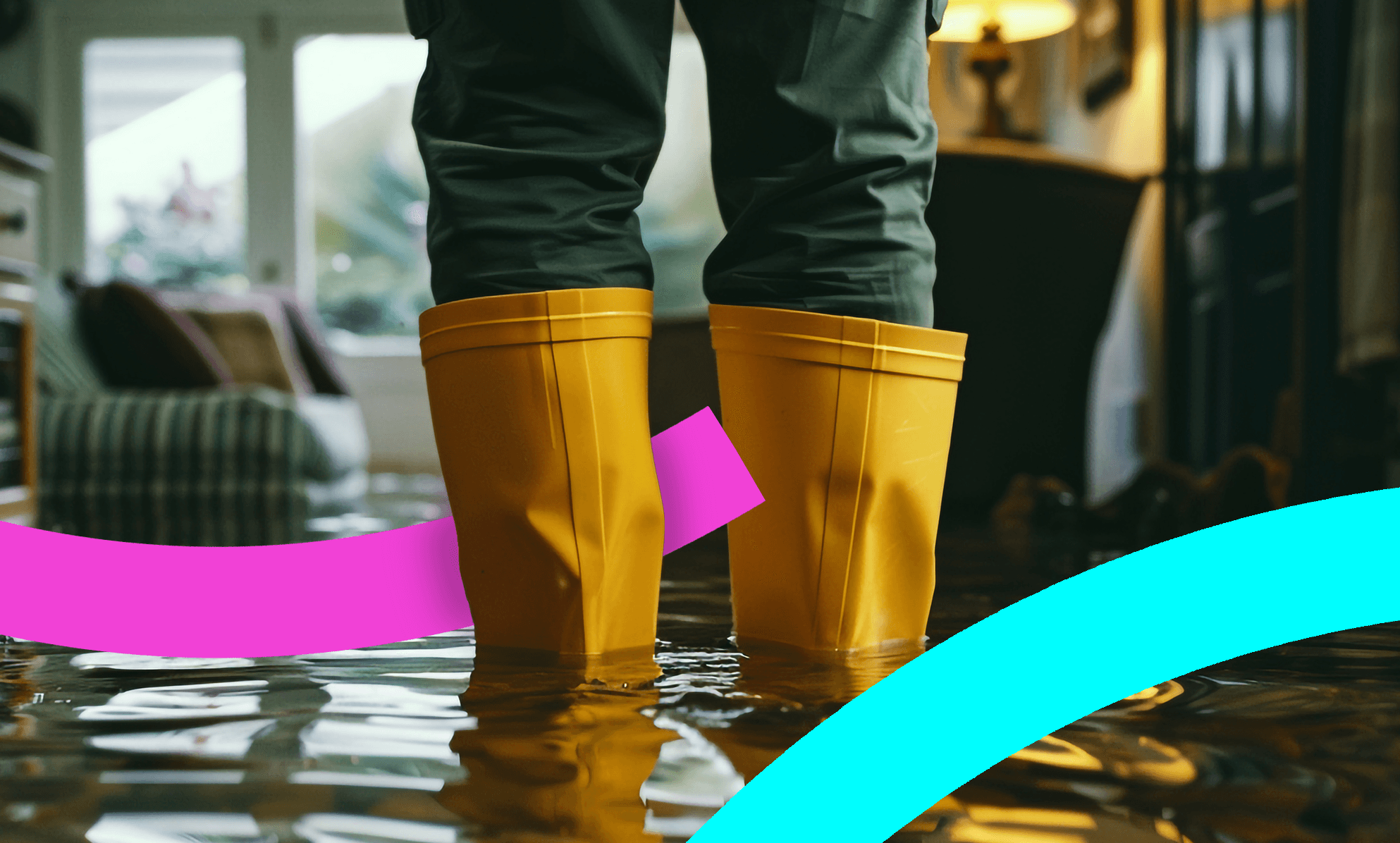May 15 2025
Climate Resilience driven by Customer Engagement
As climate change accelerates, the threat of droughts, floods, and water scarcity is no longer theoretical, it is a lived reality across many UK regions.
For water companies operating under the 2025–2030 AMP8 regulatory period, building climate resilience is now a business-critical priority. But technical solutions alone will not suffice. Driving meaningful customer engagement and behaviour change is essential to delivering sustainable outcomes and securing public trust.
Regulators and the public expect to see water companies leading by example, adapting to environmental pressures and helping customers do the same. That means placing digital tools, behavioural insight, and transparent communication at the centre of climate resilience strategies.
Tactics for Driving Behavioural Change
1. Embed Nudge Theory in Everyday Interactions
Water companies can harness behavioural economics to gently guide customers toward more sustainable actions. This includes providing usage comparisons in billing (e.g. “you use 15% more water than similar households”), default installation of water-efficient fixtures, or visual cues in customer portals reminding users to reduce usage. These subtle nudges reinforce conservation behaviours without requiring major lifestyle changes.
2. Use Gamification to Engage and Educate
Gamified conservation challenges, delivered through mobile apps or customer dashboards, can turn efficiency into an engaging, goal-oriented activity. Features like usage badges, savings milestones, and community leaderboards can make customers feel part of a collective effort. Competitions between neighbourhoods, schools, or customer segments can further motivate action and generate positive local publicity.
3. Deliver Hyper-Personalised Advice via Digital Platforms
Advancements in data analytics and smart metering allow companies to provide personalised conservation advice. Households could receive water-efficiency kits or
alerts during peak periods. These interventions, delivered via email, apps, or SMS, are more likely to prompt action than generic messaging.
4. Integrate Climate Messaging into Customer Touchpoints
To build understanding and support, water companies should embed climate resilience messages into existing digital journeys, such as account portals, billing emails, and service notifications. Informing customers about weather-related supply issues or the environmental impact of excess usage builds a connection between personal action and broader environmental goals.
5. Use Digital Platforms to Make Water Use Visible
Transparency breed’s trust. Smart meter data visualised through customer dashboards allows households to track usage, set goals, and understand their impact. This data can also be used to push targeted conservation campaigns in high-consumption zones. Proactively communicating real-time data during extreme weather events reinforces a sense of urgency and shared responsibility.
Localising Solutions for Maximum Impact
Climate resilience cannot be a one-size-fits-all approach. Tactics should be tailored to regional pressures, whether flood-prone urban zones or drought-sensitive rural communities. In urban areas, companies can deploy high-tech interventions like digital twins, smart sensors, and personalised mobile experiences. In rural regions, low-cost tools and in-person engagement may be more effective, such as workshops, printed advice, or physical conservation kits.
Educational partnerships with schools can also play a vital role. Delivering climate content through gamified learning tools helps younger audiences understand the importance of conservation and extends the message into the home.
Building a Resilience-Focused Culture
Success in AMP8 depends on more than reducing consumption, it hinges on demonstrating that companies are proactively preparing for climate risks and empowering communities to adapt. This means being transparent about local threats, showcasing investment in resilience, and actively involving customers in the solution.
Water companies should publish localised resilience plans on their digital platforms, including data on water availability, recent successes, and future risks. Clear, honest communication about the challenges, and how customers can help, builds credibility and long-term engagement.
In the face of growing climate pressure, building resilience requires more than infrastructure upgrades. It demands public participation, trust, and a shared sense of purpose. Through digital innovation, behavioural insight, and a deeply customer-centric mindset, water companies can lead the way in building a sustainable, adaptive, and engaged future, aligned with both regulatory expectations and the evolving needs of the communities they serve.


